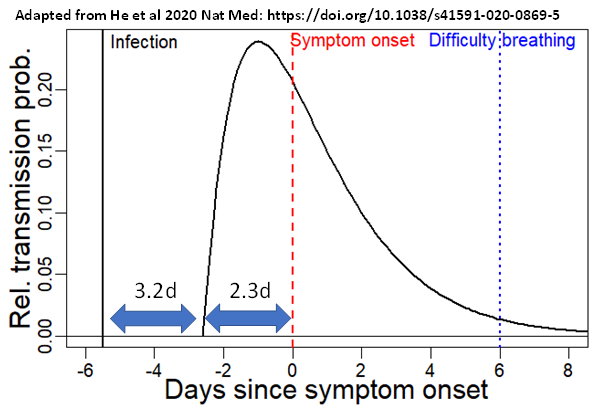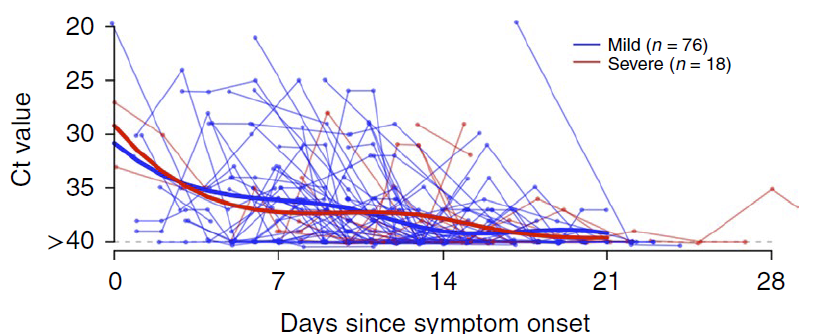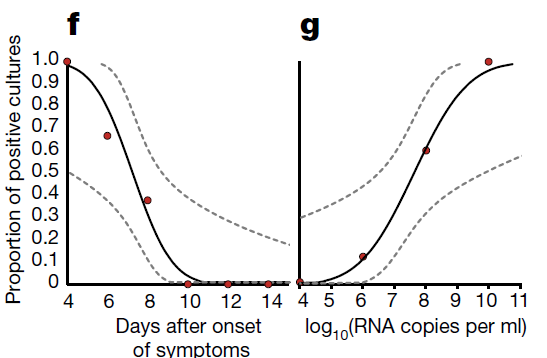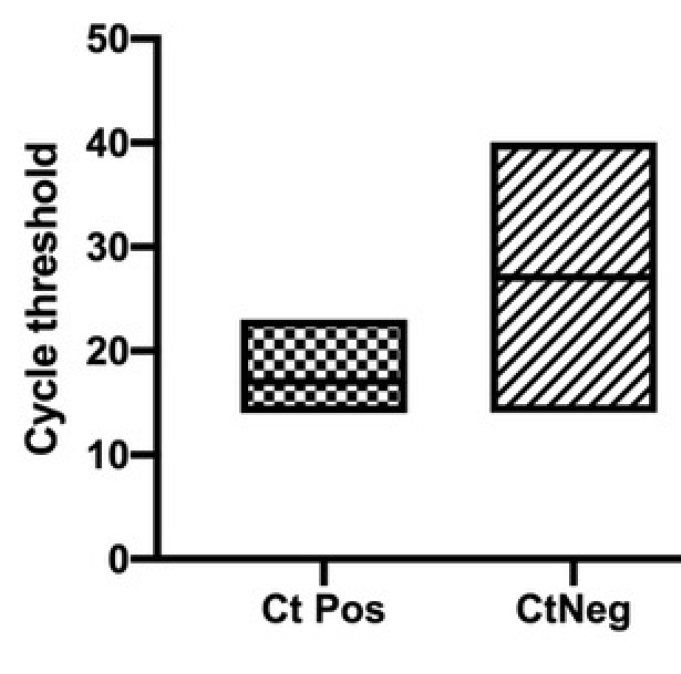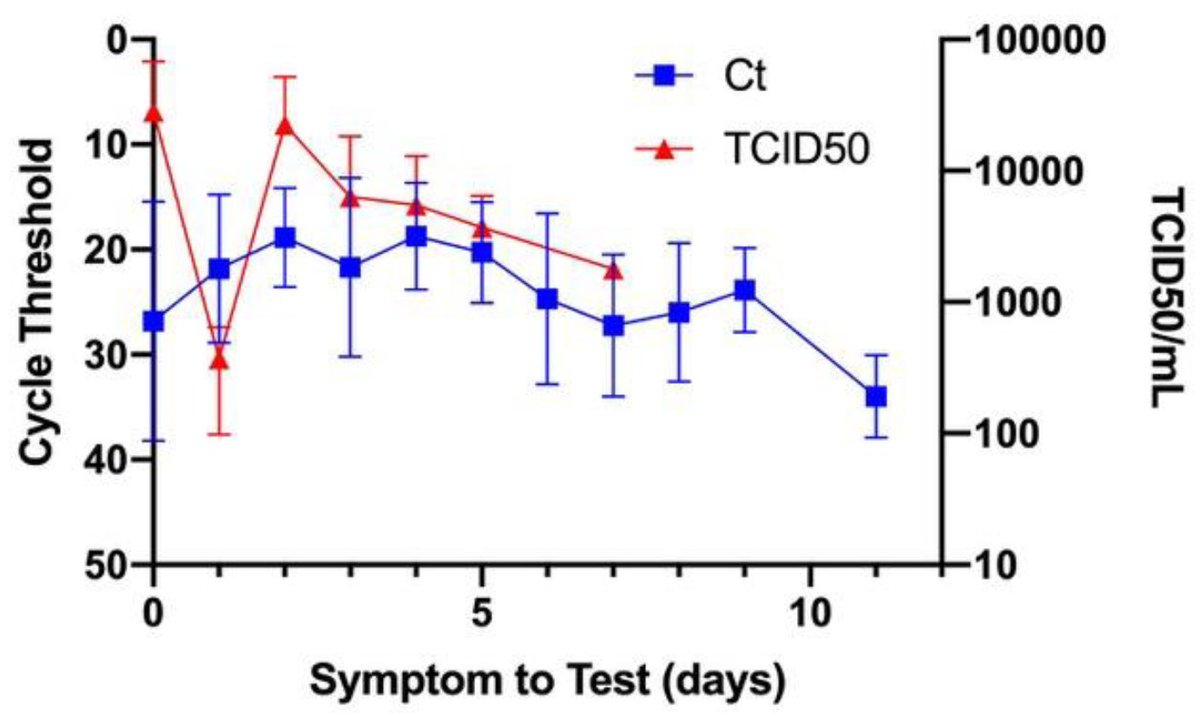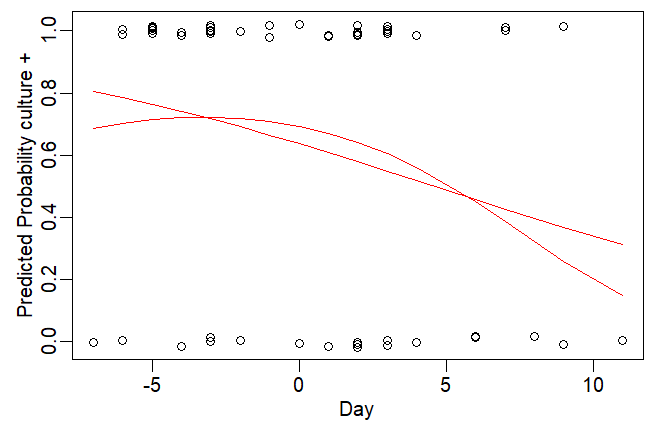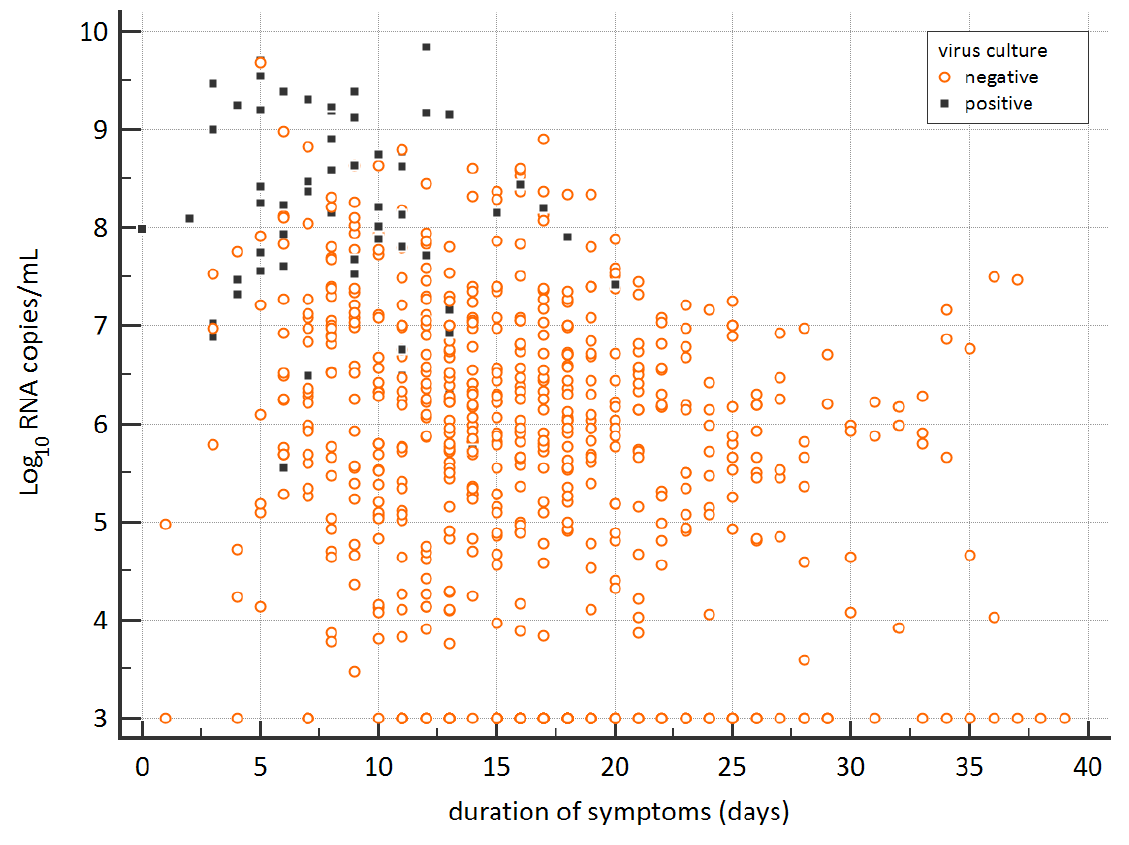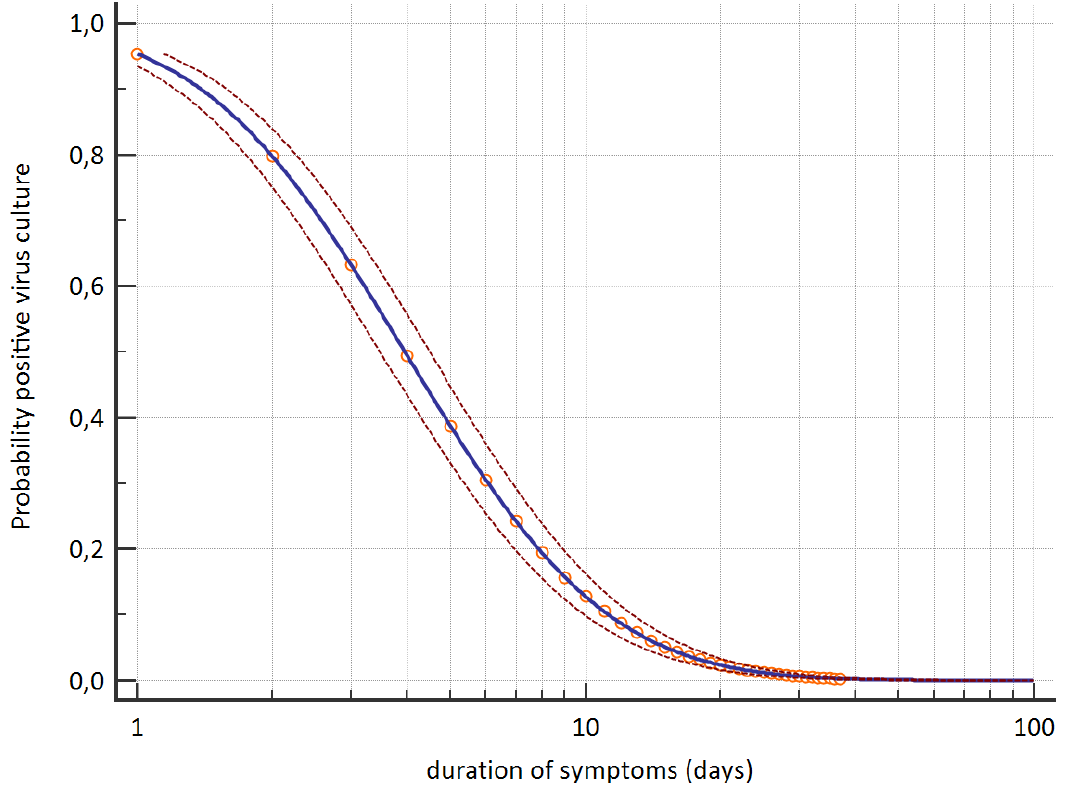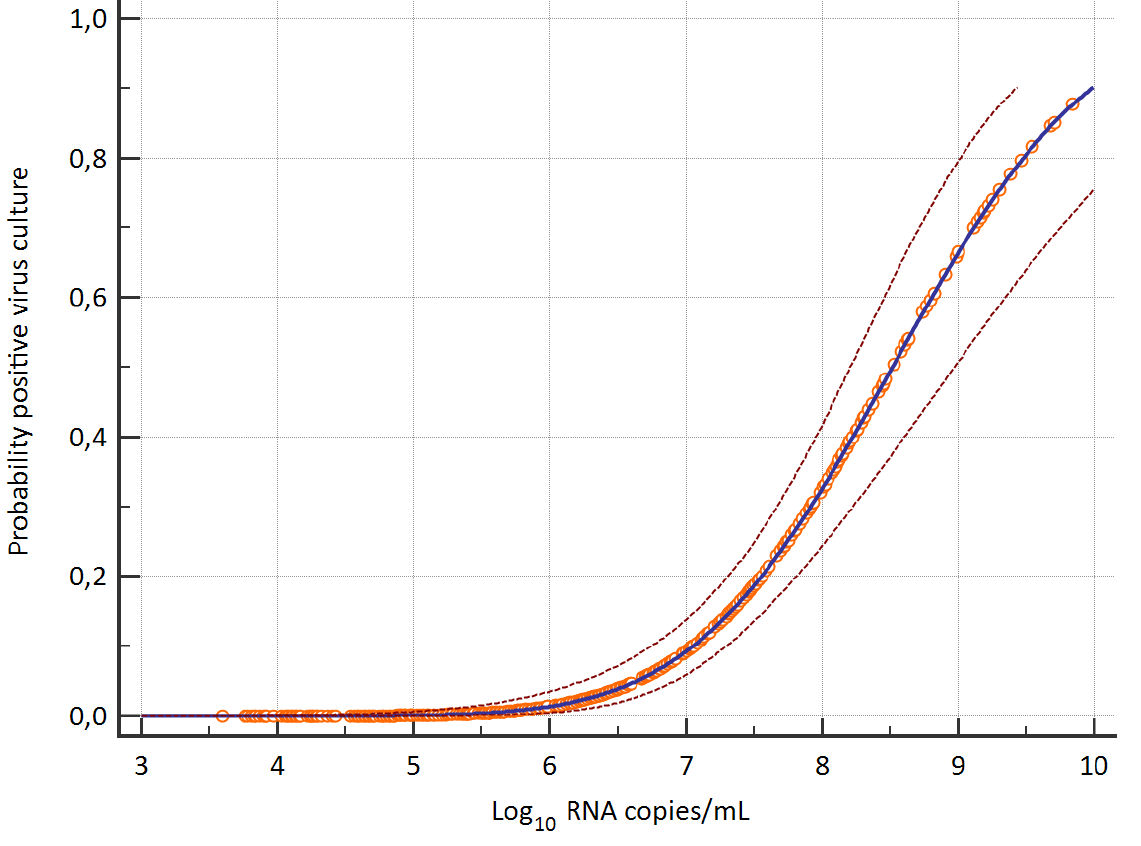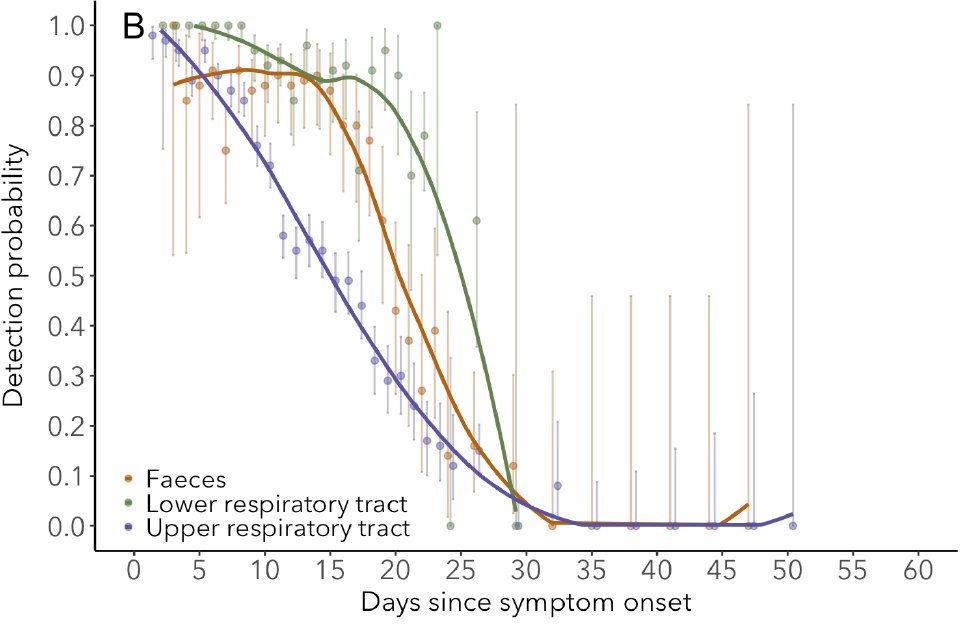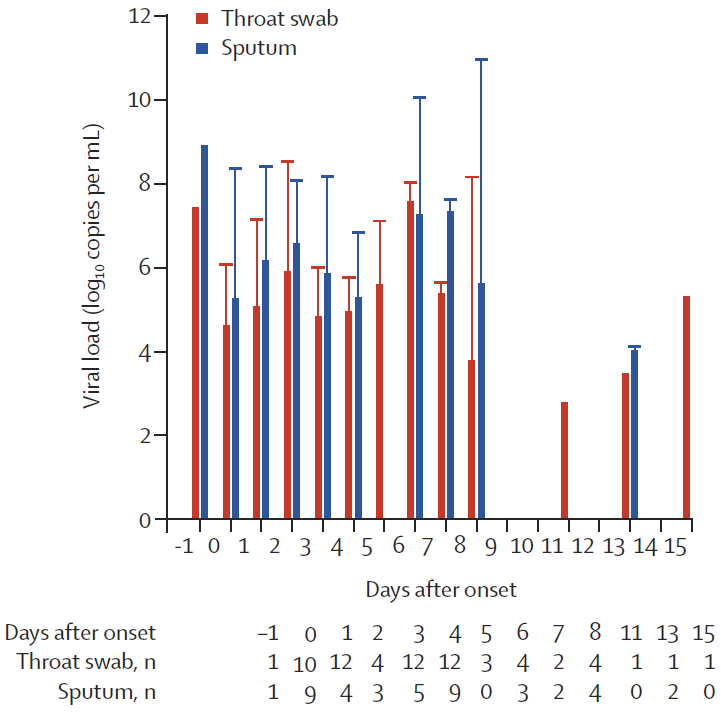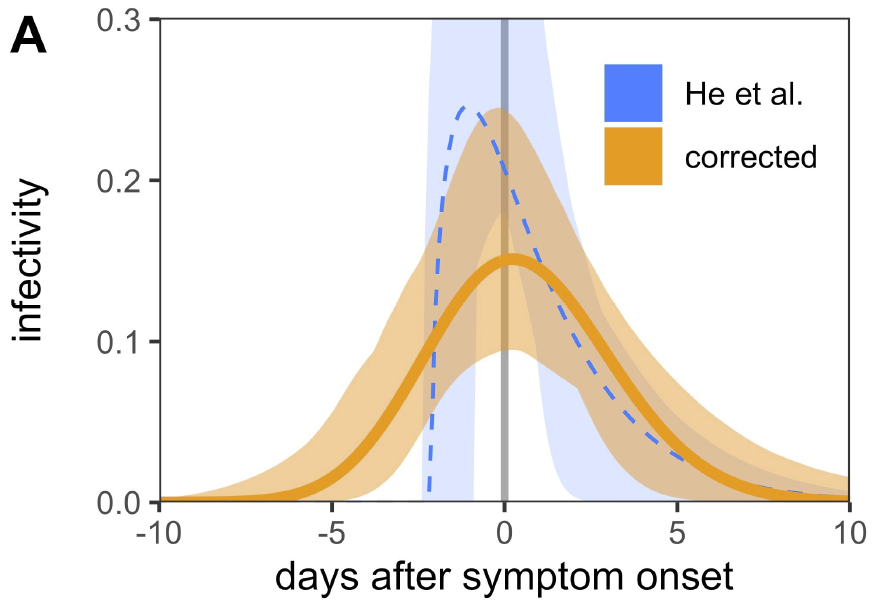How long are you infectious for SARS-COV-2/ #COVID19? This is a huge question with enormous implications. Data have been limited so far but putting pieces together from several sources starts to give us a better idea. Still need much more data but here& #39;s what we have so far.
Implications: Goal of testing and contact tracing is to quarantine/isolate to stop tracing and it& #39;s only effective if isolation occurs within infectious period. If it& #39;s short that makes it challenging. If it& #39;s long, it& #39;s easier to interrupt.
What we know: you are infectious before you feel sick. This leads to pre-symptomatic transmission which has been the topic of lots of discussion lately due to a miscommunication by WHO.
https://twitter.com/DiseaseEcology/status/1270110221071839232
https://twitter.com/DiseaseEc... href=" https://www.wired.com/story/whats-confusing-about-calling-covid-19-cases-asymptomatic/">https://www.wired.com/story/wha...
https://twitter.com/DiseaseEcology/status/1270110221071839232
Evidence for this comes from many contact tracing studies where contact between an infector and their infectee happened before infector had symptoms. Analyses of many datasets on incub period & serial interval suggest that ~50% of trans is pre-symptomatic. https://www.medrxiv.org/content/10.1101/2020.05.08.20094870v2">https://www.medrxiv.org/content/1...
Here& #39;s a visual of this I made showing likely timing of transmission relative to infection & symptom onset. A challenge is that this data is often collected when people are being quarantined after symptom onset so decay in observed transmission might not match infectiousness.
Viral load (amount of viral RNA on nasal swab; low Ct=high load) is one surrogate for infectiousness. Lots of data on this after symptom onset and a little before. One challenge is that people can shed viral RNA but not live virus.
https://www.nature.com/articles/s41591-020-0869-5">https://www.nature.com/articles/...
https://www.nature.com/articles/s41591-020-0869-5">https://www.nature.com/articles/...
3 studies indicate that low viral load (high Ct) swabs usually don& #39;t have live virus. One shows this directly and shows how prob of live virus decays over time:
https://www.nature.com/articles/s41586-020-2196-x.pdf">https://www.nature.com/articles/...
https://www.nature.com/articles/s41586-020-2196-x.pdf">https://www.nature.com/articles/...
2nd paper shows data indirectly; I extracted it & did v simple analysis. Raw data and fitted logistic regression shown (logit cul+=7.93-0.298*Ct; P=0.0005).
DOI: 10.1056/NEJMoa2008457
DOI: 10.1056/NEJMoa2008457
3rd paper also shows strong relationship b/w Ct and culture probability: (Log Reg OR 0.64 95% CI 0.49-0.84, p<0.001) and temporal pattern of Ct and viral load via culture vs days since onset.
https://academic.oup.com/cid/advance-article/doi/10.1093/cid/ciaa638/5842165">https://academic.oup.com/cid/advan...
https://academic.oup.com/cid/advance-article/doi/10.1093/cid/ciaa638/5842165">https://academic.oup.com/cid/advan...
One puzzle in papers 2&3 is a flat messy relationship b/w viral load and day that makes estimating infect period tricky. I believe this is due simply to small sample sizes. 2nd study had N=47 people but N=1-2 samples/person. 3rd study didn& #39;t report # people (N=90 samples).
More robust viral load data from swabs show very clear decay over time (see above) which isn& #39;t always apparent in small sample sizes of patients or samples/patient.
Also, 2nd study actually shows marginal relationship b/w day and prob culture + like 1st study (logit cul+=.56-0.12*day;P=.06; weak support for quad: .48-4.1d-2.1d^2;P(d^2)=.35).
DOI: 10.1056/NEJMoa2008457
DOI: 10.1056/NEJMoa2008457
Conclusion: Contact tracing + viral load studies (incl. culturing live virus!) suggest infectious period clearly starts & likely peaks before symptom onset (but unknown timing for diff incubation periods) & decays quickly post onset; prob ~0 at day 10. More data needed to refine!
Big remaining unknowns:
1)if incubation period is long-14d, when does infectiousness start? Day 8?3?
2)when can we find infected people by testing pre-onset:
https://twitter.com/DiseaseEcology/status/1270093309126438912
3)how">https://twitter.com/DiseaseEc... does infectiousness vary with age & b/w symptomatic and asymptomatics (data mixed on this!)
1)if incubation period is long-14d, when does infectiousness start? Day 8?3?
2)when can we find infected people by testing pre-onset:
https://twitter.com/DiseaseEcology/status/1270093309126438912
3)how">https://twitter.com/DiseaseEc... does infectiousness vary with age & b/w symptomatic and asymptomatics (data mixed on this!)
As always, corrections, comments welcome. Too important to get wrong! Thx to many for thoughts.
@JoannaMasel
@LucaFerrettiEvo
@ChristoPhraser
@mishkendall
@taaltree
@AdamJKucharski
@CT_Bergstrom
@SRileyIDD
@JoannaMasel
@LucaFerrettiEvo
@ChristoPhraser
@mishkendall
@taaltree
@AdamJKucharski
@CT_Bergstrom
@SRileyIDD
Also thx to @angie_rasmussen @mugecevik
Another paper (thx! @NuritBaytch) provides additional data on load-culture, and infec period. Same fast decay in infect w day post onset but slightly longer (b/c lower resp tract or b/c more severe cases?).
https://www.medrxiv.org/content/10.1101/2020.06.08.20125310v1.full.pdf">https://www.medrxiv.org/content/1...
https://www.medrxiv.org/content/10.1101/2020.06.08.20125310v1.full.pdf">https://www.medrxiv.org/content/1...
Note that lower resp tract has higher and more sustained prob detect via PCR from nice work by @bennyborremans.
https://www.medrxiv.org/content/10.1101/2020.05.15.20103275v1">https://www.medrxiv.org/content/1...
https://www.medrxiv.org/content/10.1101/2020.05.15.20103275v1">https://www.medrxiv.org/content/1...
Adding data to thread from an early study that has N=1 before symptom onset for viral load & much more post-onset; it& #39;s throat&sputum, not nasal swabs so not directly comparable but trend useful.
https://doi.org/10.1016/S1473-3099(20)30113-4">https://doi.org/10.1016/S...
https://doi.org/10.1016/S1473-3099(20)30113-4">https://doi.org/10.1016/S...
A recent paper @Peter_Ashcroft re-analysed He et al data & suggested a modification to infectivity profile to include even earlier transmission relative to symptom onset ( https://smw.ch/article/doi/smw.2020.20336).">https://smw.ch/article/d... Another analysis @aakhmetz also pushes it back a little: https://github.com/aakhmetz/COVID19-Replication-He-et-al-2020">https://github.com/aakhmetz/...
Update: Our new paper w/ @LucaFerrettiEvo @ChristoPhraser @ChrisWymant @JoannaMasel @mishkendall suggests that infectious period starts sooner & extends further before symptom onset for longer incubation periods.
https://www.medrxiv.org/content/10.1101/2020.09.04.20188516v2">https://www.medrxiv.org/content/1...
https://www.medrxiv.org/content/10.1101/2020.09.04.20188516v2">https://www.medrxiv.org/content/1...

 Read on Twitter
Read on Twitter